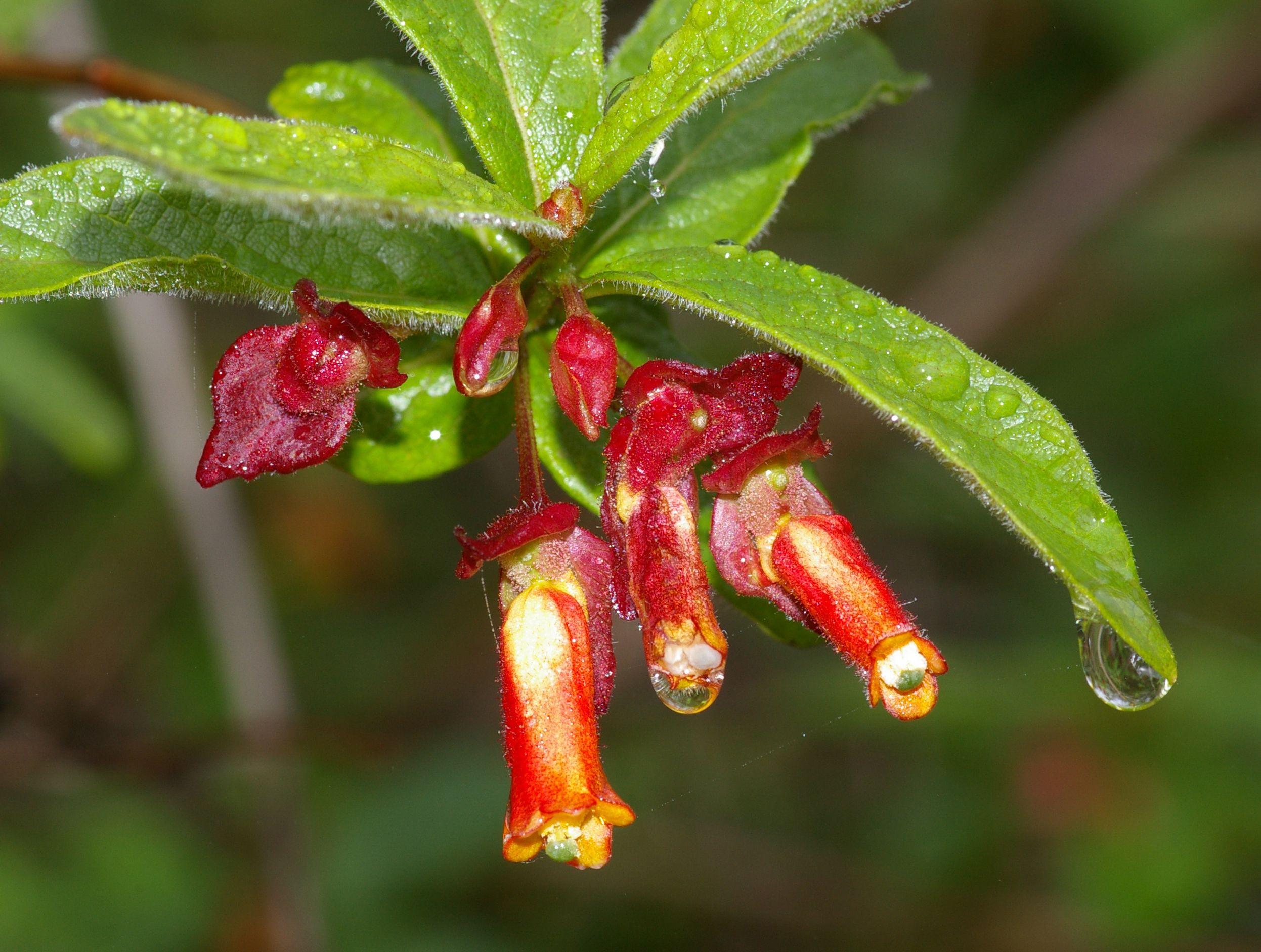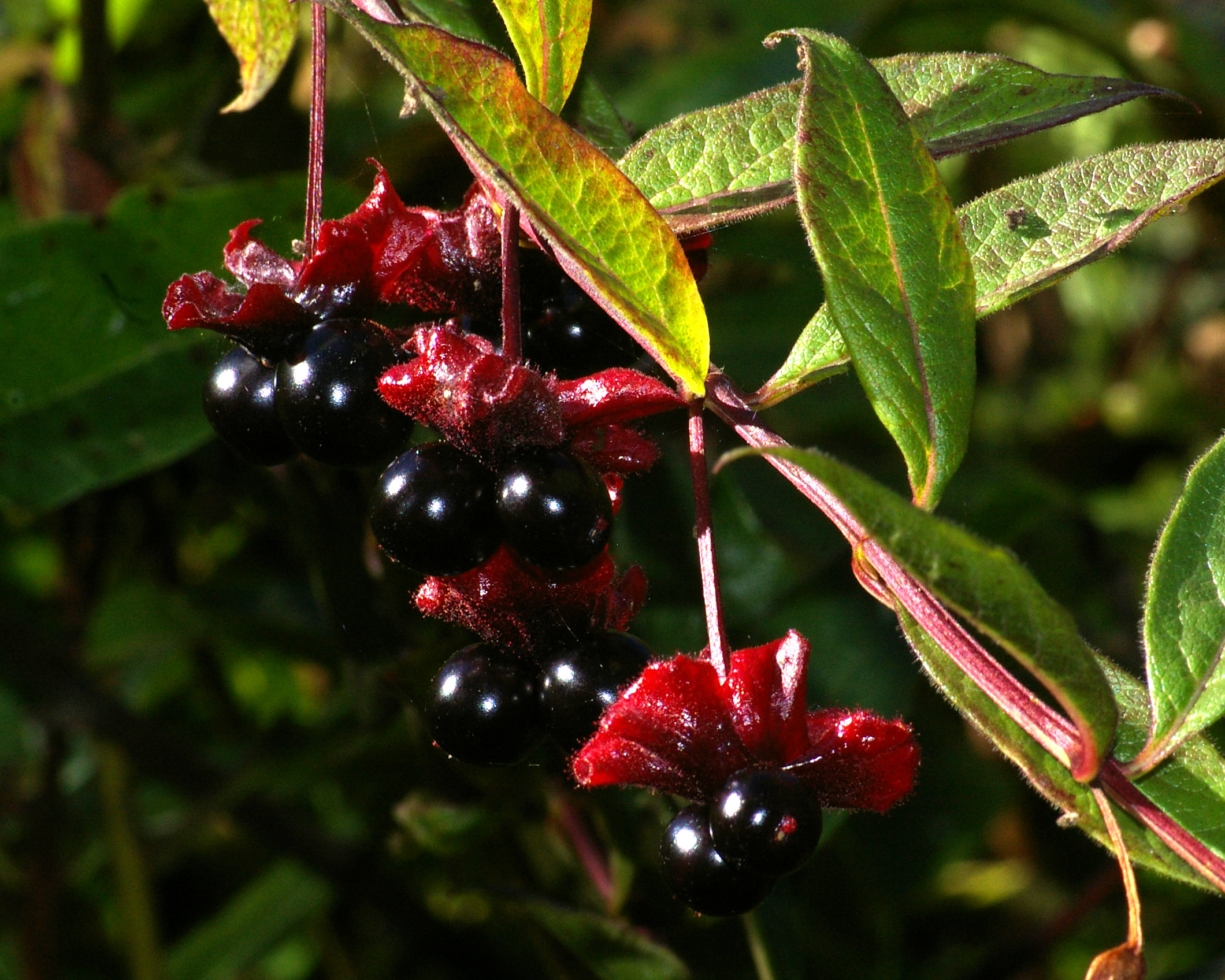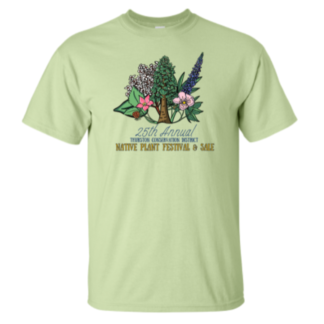Description
Sold in bundles of 10.
At a Glance: A beautiful and versatile shrub that can grow up to 10′ tall and provides lots of food for wildlife and human alike.
Height: 2′-10′ in height
Branches: Upright deciduous shrub
Leaves: The leaves are in opposite pairs, egg or broadly lance shaped, pointed, and often hairy beneath.
Flowers: The flowers are tubular, in pairs, and yellow.
Fruits: The double or “twin” shiny black berries that ripen in July or later are cupped by prominent purple-red colored bracts.
Appeal: In restoration, Twinberrry is very helpful in streambank erosion control and restoration of riparian areas. Live stakes can be made from branches. Also a helpful species in hedgerows.
The berries are eaten by bears, small mammals, game birds including quail and grouse, and songbirds such as thrushes. The flower is a source of nectar for hummingbirds and butterflies. The plant is host for the larva of certain butterflies including Gillett’s
checkermallow. Value as general wildlife cover is high, but as browse its desirability is rated low for most large game animals. However, elk, moose, mountain goats, and deer are reported to utilize the leaves or twigs in some areas. The species is rated as poor forage for domestic cattle and fair for sheep.
Ethnobotany:Reports on the fruit vary from poisonous,to mildly toxic, to bitter and unpalatable, to edible and useful as food, depending on tribe, region or publication. The berry was used as a source of dye. Medicinal uses were many and varied among tribes. These included the leaves, berries or bark as a decoction, infusion, or poultice for sores, body cleansing, swellings, dandruff, wounds,
infections, sore throats, paralysis, coughs, burns, itches, venereal diseases, boils, stomach troubles, pains of the legs or feet, arthritis, and sore eyes. Sometimes the leaves or bark were simply chewed for treating ailments or used as a ceremonial emetic (i.e. to induce vomiting).
Growing Conditions:
| Sun/Shade Tolerance | Hydrology | Elevation Range |
|
partial sun and shade 40%- 60% preferred.
Will tolerate more sunny conditions.
|
wet
moist
seasonally flooded areas & wetlands
|
low elevation
mid elevation
sub-alpine
|
Source:
Darris, D. 2011. Plant fact sheet for twinberry honeysuckle (Lonicera involucrata). USDA Natural Resources Conservation Service, Corvallis, OR. 97330.



